The Moon, with a radius of about 1,080 miles (1,740 kilometers), is less than a third of Earth’s width. If Earth were the size of a nickel, the Moon would be about as big as a coffee bean. Despite its small size, the Moon’s gradual drift away from Earth is causing significant changes.
On average, the Moon is 238,855 miles (384,400 kilometers) away from Earth. This distance is vast enough to fit 30 Earth-sized planets between them. However, this gap is slowly widening.
The Discovery
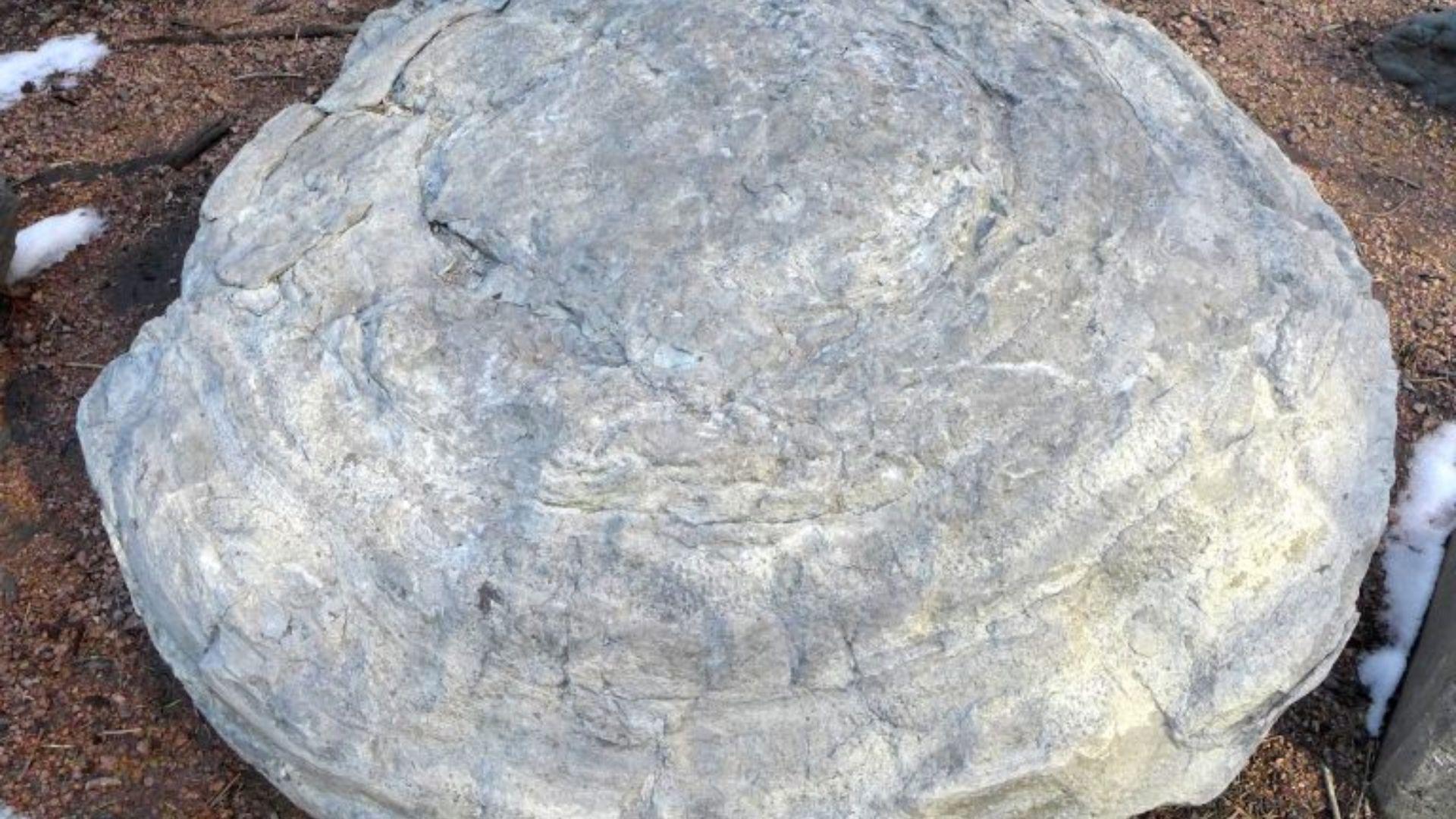
Recent laser ranging measurements indicate that the Moon is moving away from Earth at a rate of about 3.78 centimeters per year. This gradual separation is altering our planet’s rotational dynamics.
Researchers from the University of Wisconsin-Madison analyzed ancient rock formations, revealing Earth’s interactions with the Moon 1.4 billion years ago. Their findings highlight the long-term impact of this drift.
Impact on Earth’s Rotation

As the Moon gradually moves further from Earth, its gravitational influence diminishes. This phenomenon is similar to a merry-go-round that decelerates when the riders move outward from the center.
Stephen Meyers, a geoscience professor at the University of Wisconsin-Madison, explains that this phenomenon is causing Earth’s days to lengthen slowly. In about 200 million years, a day on Earth could last 25 hours.
Future Implications
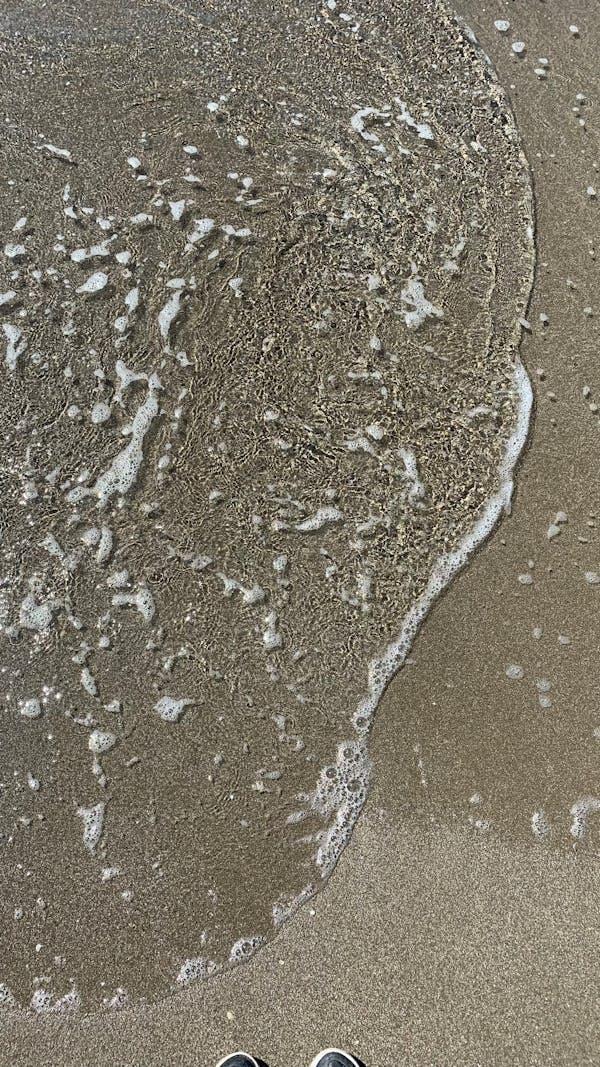
While the Moon will remain locked to Earth, it will eventually move far enough away that lunar eclipses will no longer be possible, and tides in Earth’s oceans will cease. This change is expected to occur in a few billion years.
The Moon will also enter a synchronous orbit with Earth, meaning one side of our planet will always face the Moon, just as one side of the Moon perpetually faces Earth. However, this is far beyond any timeframe humans will experience.
Research Methodology
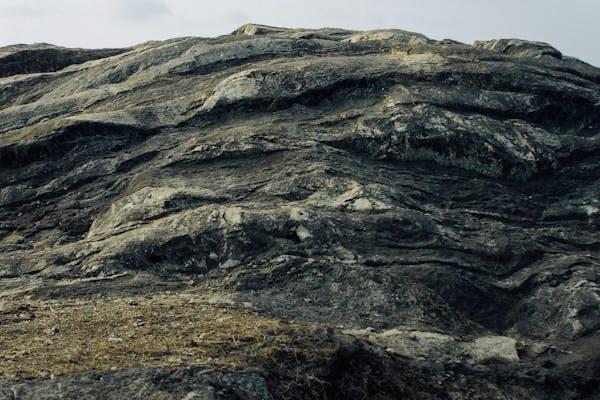
The research team used astrochronology to study ancient geological time scales. By examining 90-million-year-old rock formations, they could trace Earth’s past interactions with the Moon.
Astrochronology combines geological and astronomical data to create a timeline of Earth’s history, allowing scientists to make precise measurements of ancient Earth’s rotational periods and lunar distances.
Astrochronology Explained
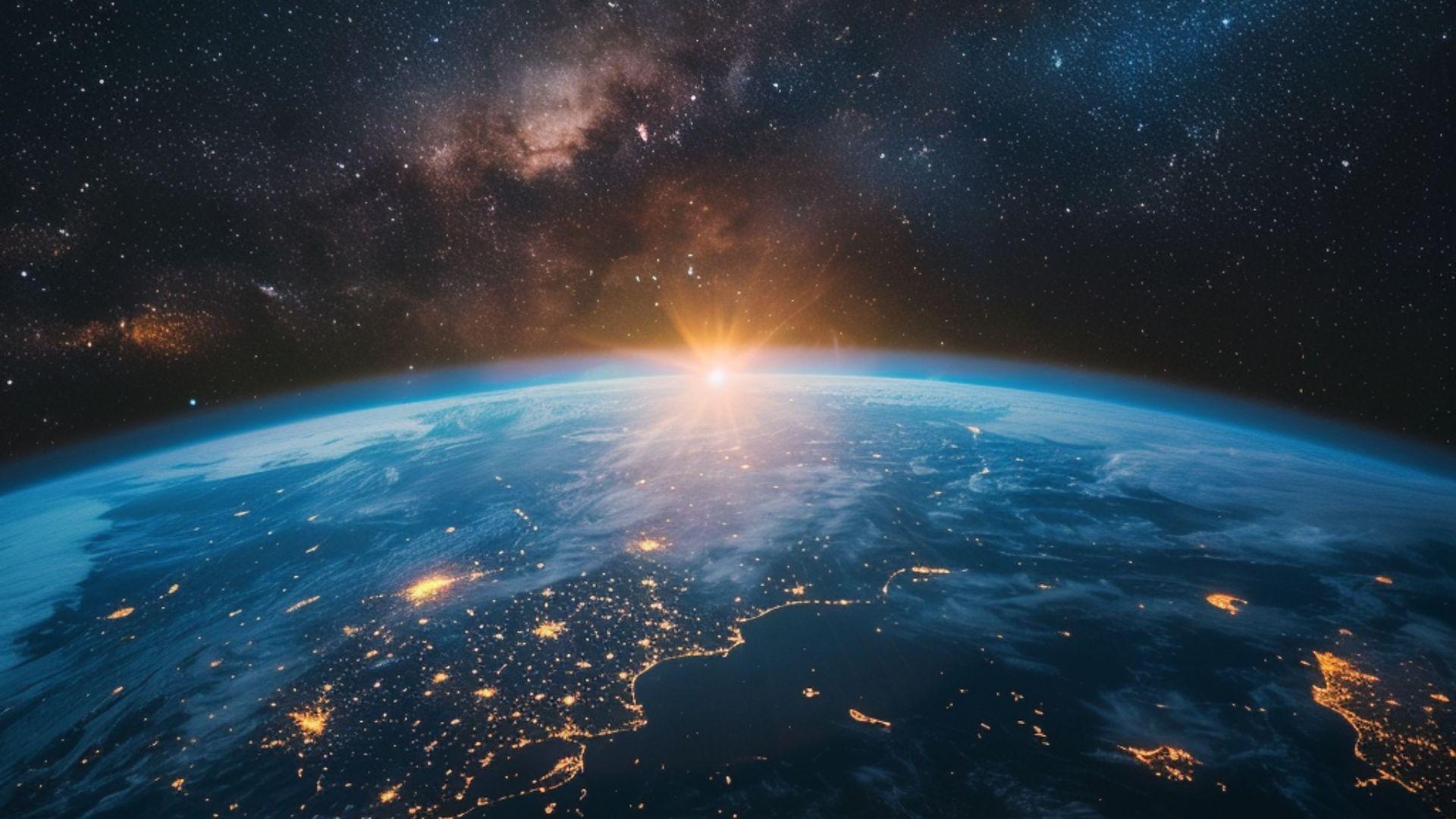
Astrochronology offers a way to understand past climate changes and predict future geological shifts. It helps scientists refine models of Earth’s climate and geological processes by providing a clearer picture of our planet’s history.
This method is crucial for developing accurate predictions about Earth’s future changes and challenges, giving us insight into long-term planetary dynamics.
Additional Discoveries
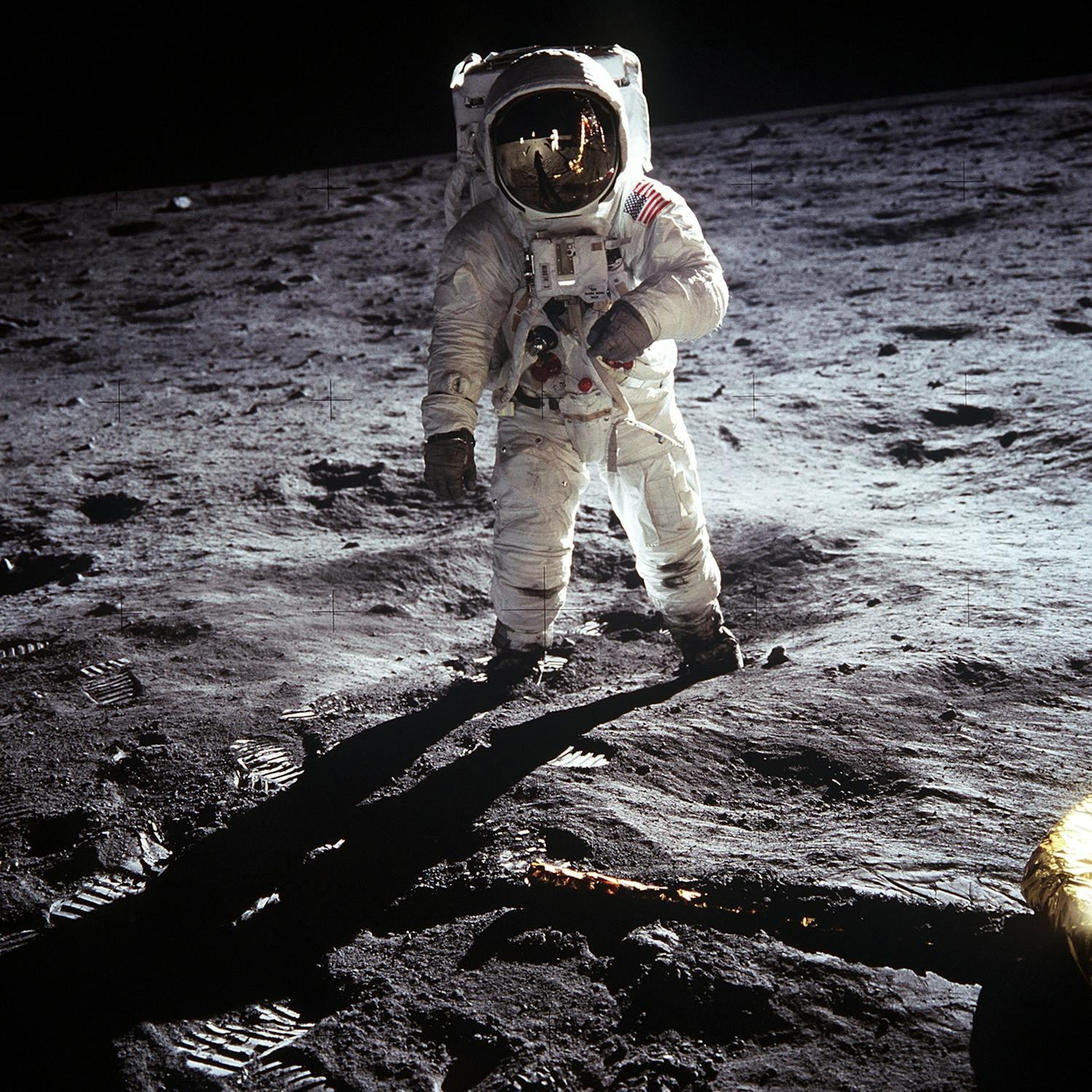
The Moon continues to reveal its secrets. Recent findings by China’s space program have uncovered hidden structures beneath the Moon’s surface, shedding light on billions of years of its history.
These discoveries help piece together the Moon’s past and its evolving relationship with Earth, offering new perspectives on lunar and planetary science.
Implications for Science
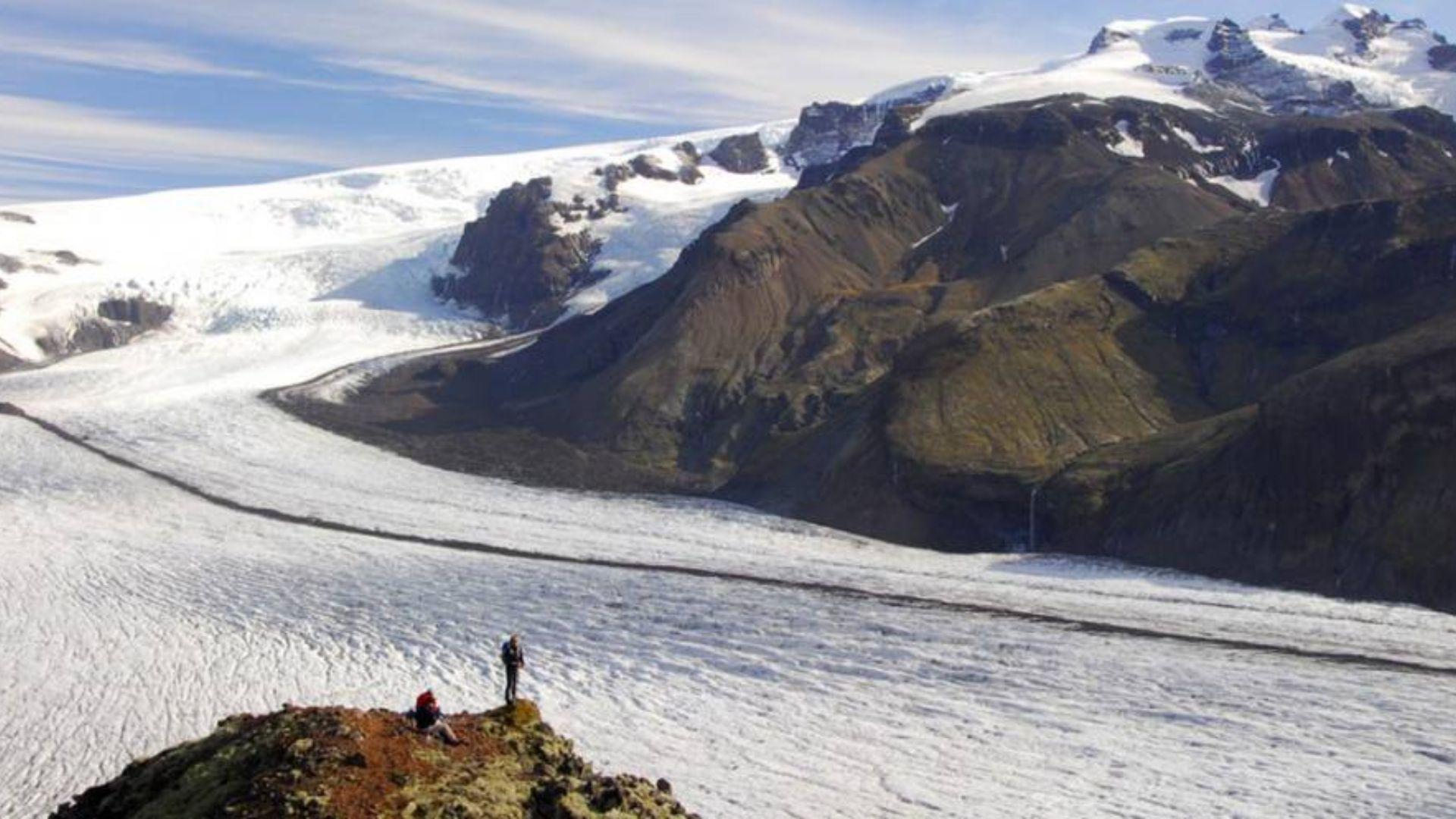
Understanding the Moon’s drift has broader implications for science. It refines our knowledge of Earth’s climate and geological processes, providing a deeper understanding of our planet’s evolution.
This knowledge is essential for developing accurate models and predictions about Earth’s future, contributing to various scientific fields.
The Broader Context
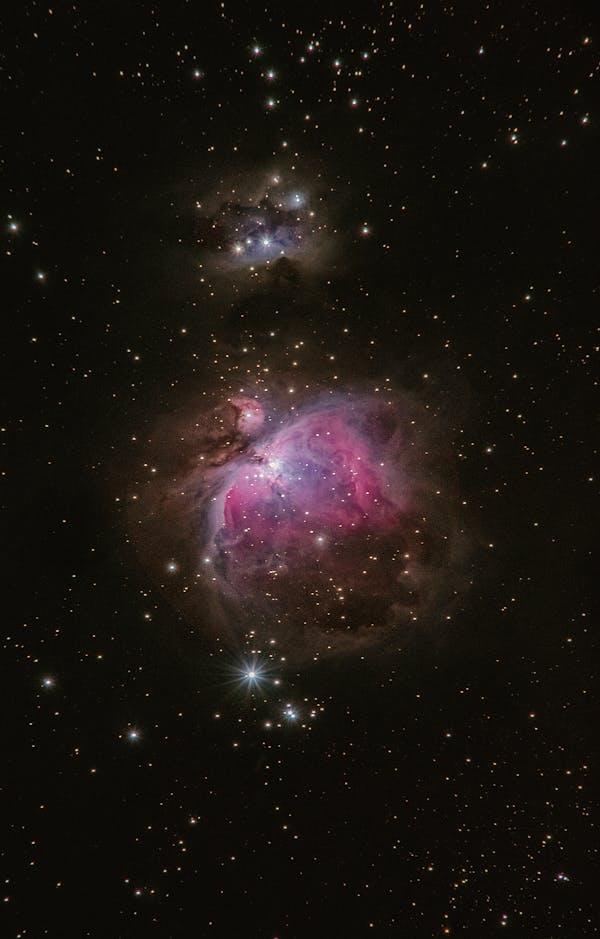
The Moon’s drift is part of a larger cosmic dance. Earth’s interactions with other celestial bodies continue to shape its evolution in complex and often unexpected ways.
Studying these interactions helps scientists gain deeper insights into the forces that govern our universe, enriching our understanding of celestial mechanics.
Conclusion
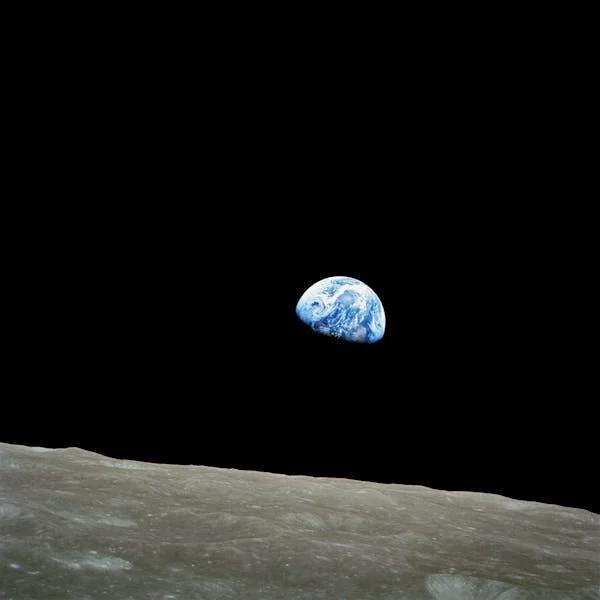
The Moon’s slow drift away from Earth is a reminder of the dynamic and ever-changing nature of our universe. This discovery not only alters our understanding of Earth’s past but also provides a glimpse into its future.
As scientists continue to unravel the mysteries of the cosmos, each new finding brings us closer to comprehending the intricate web of interactions that define our place in the universe.

